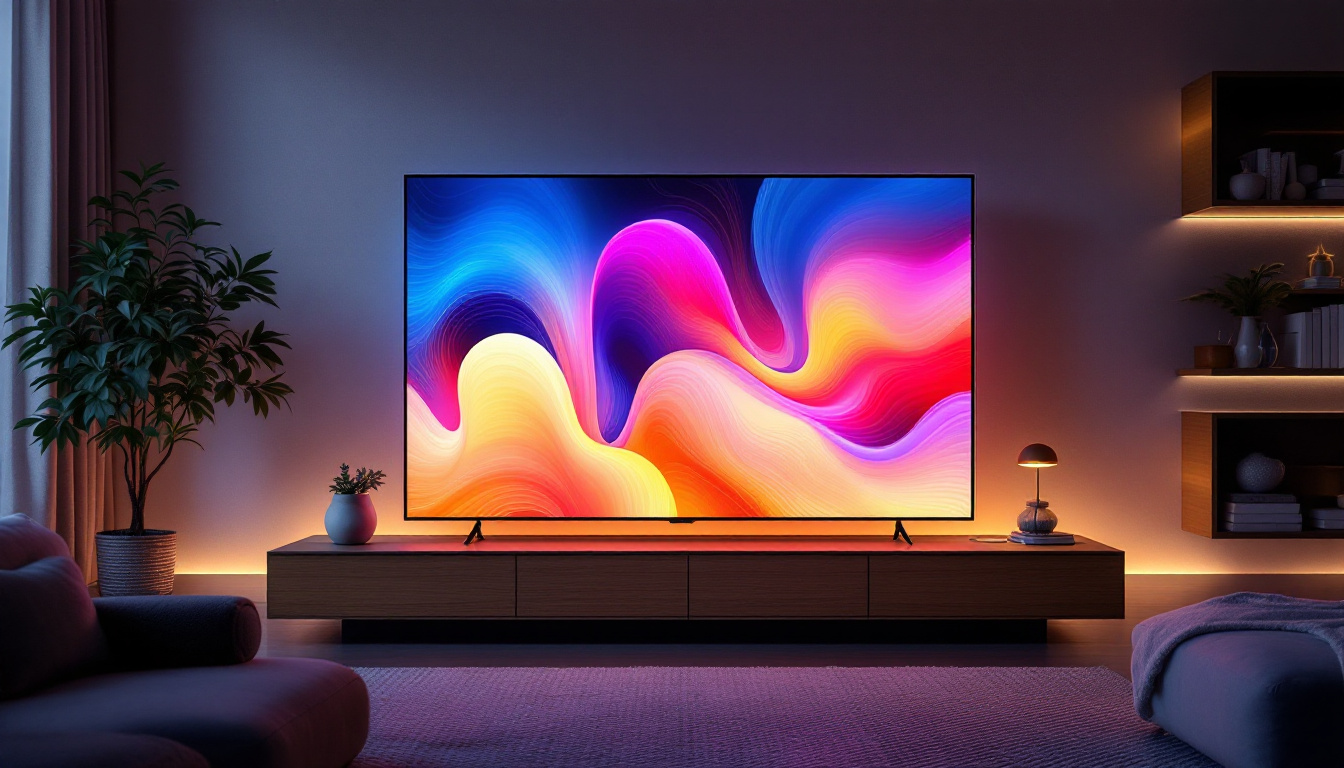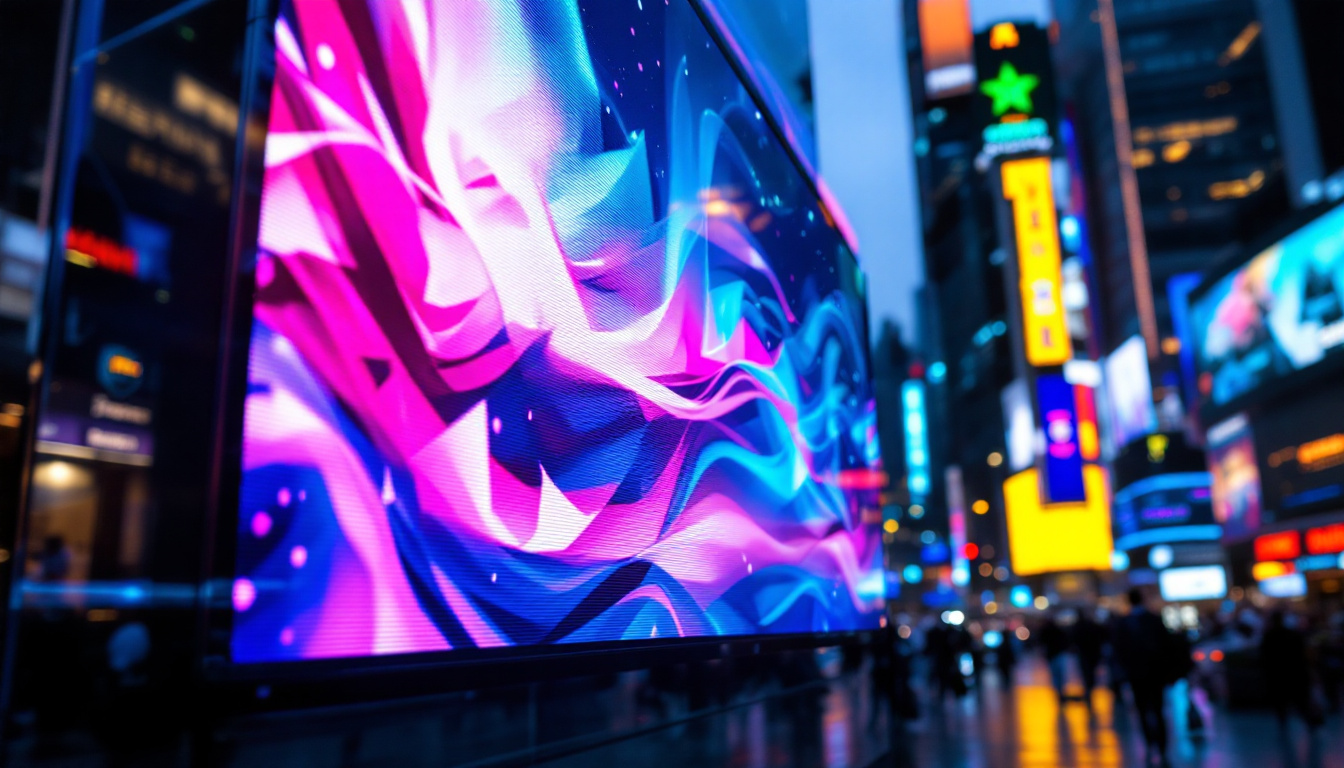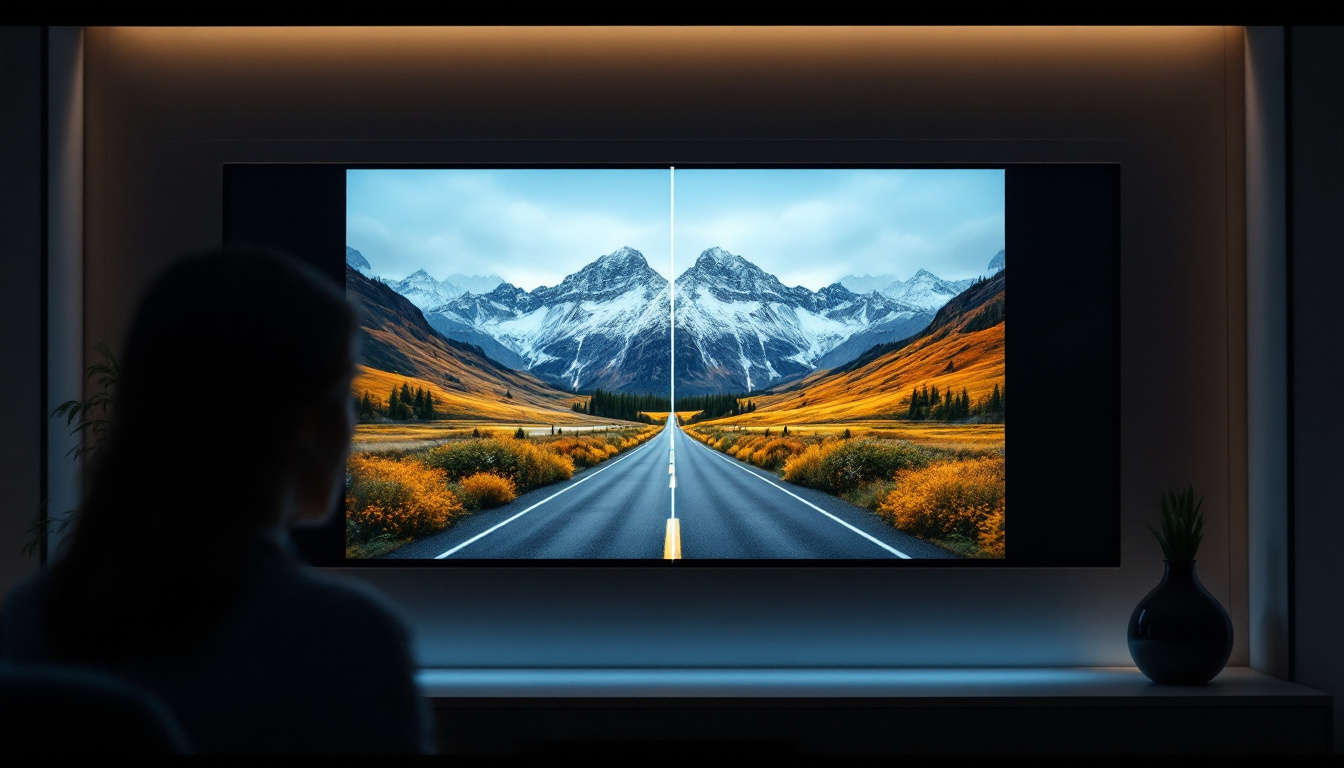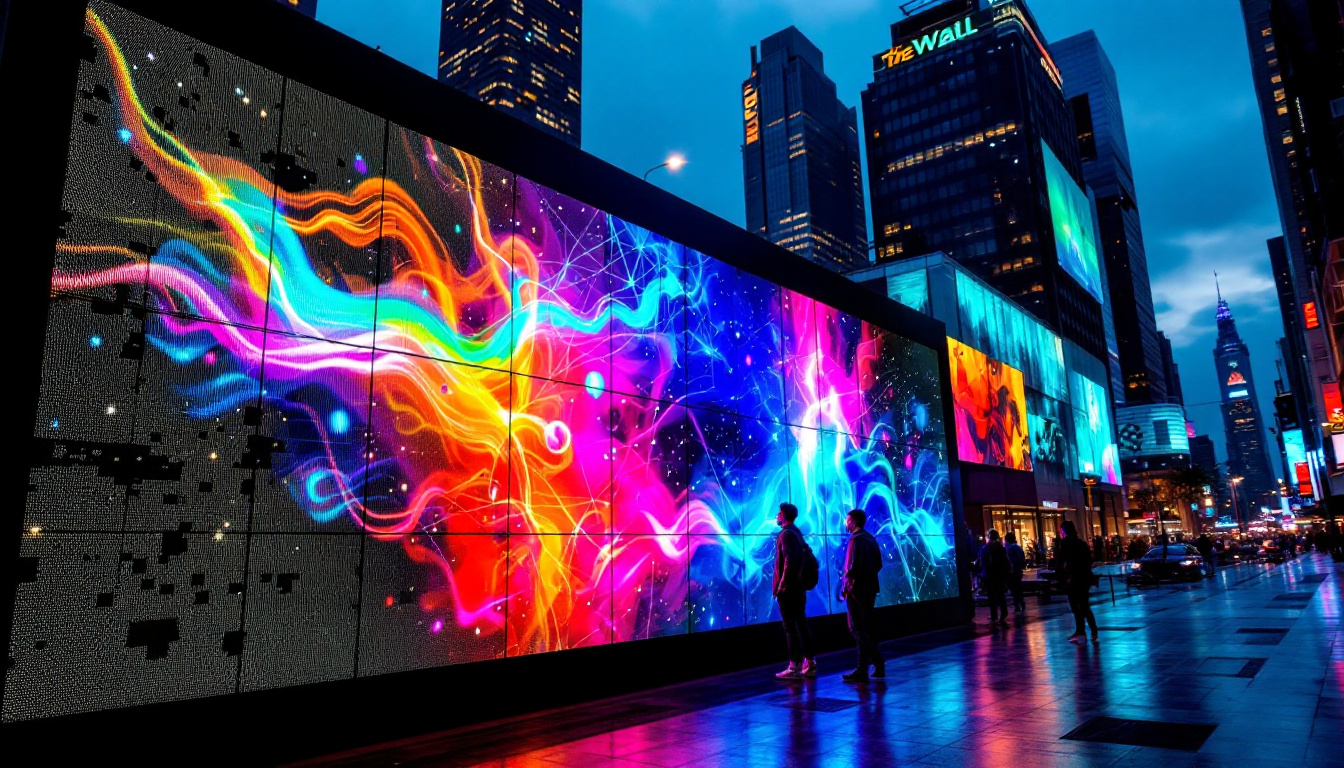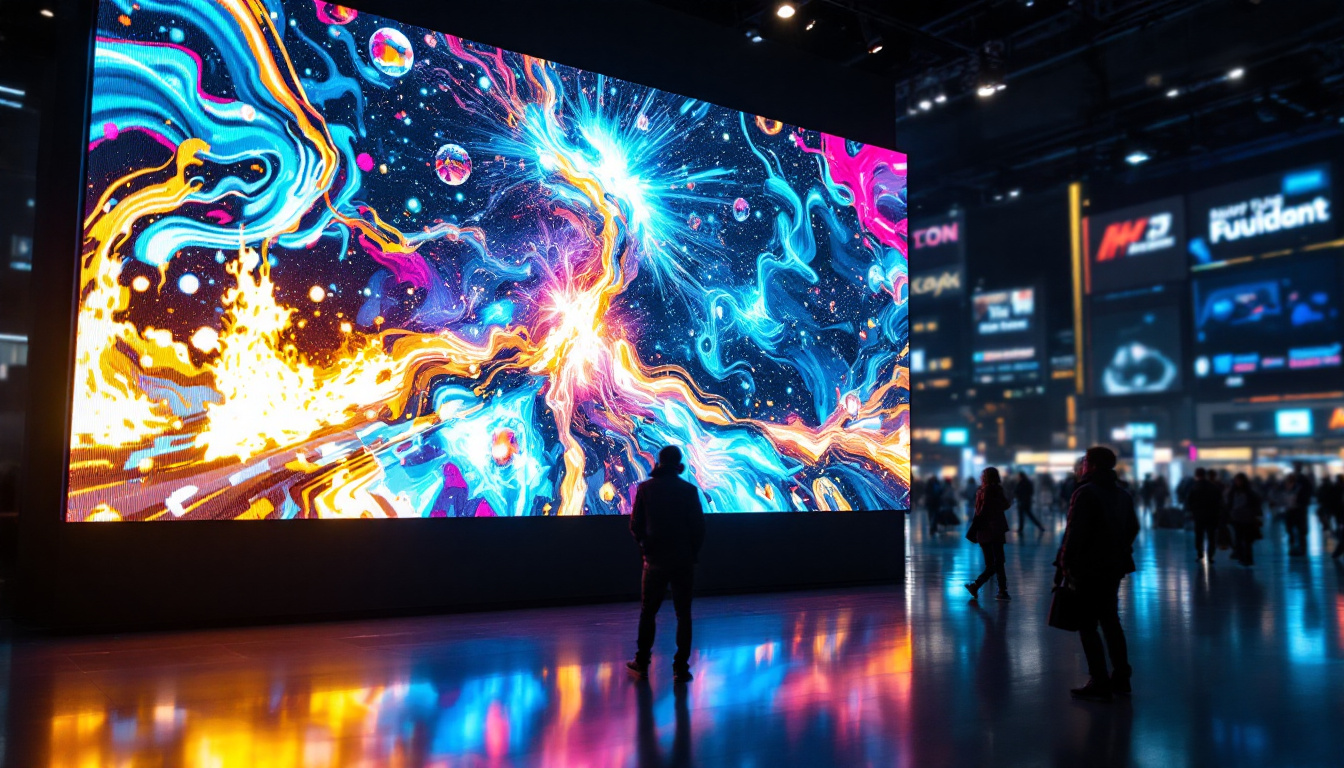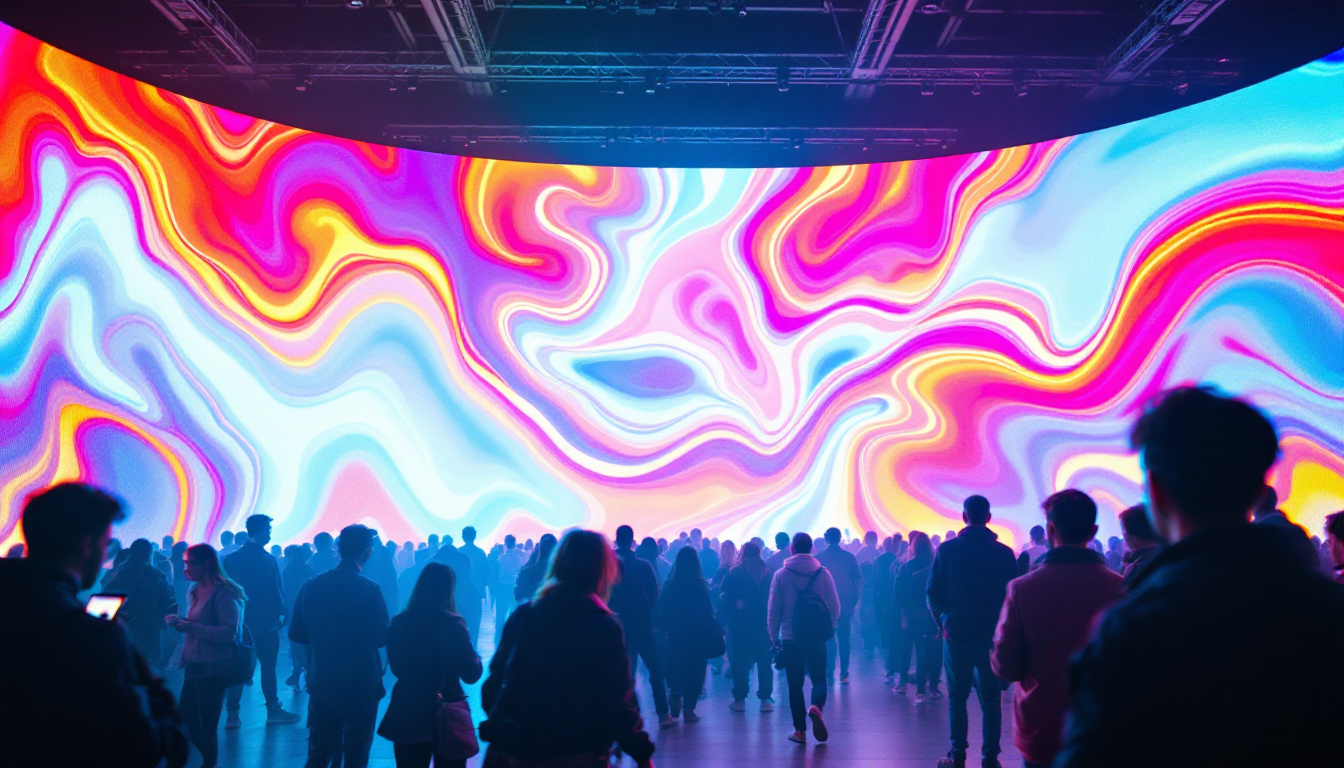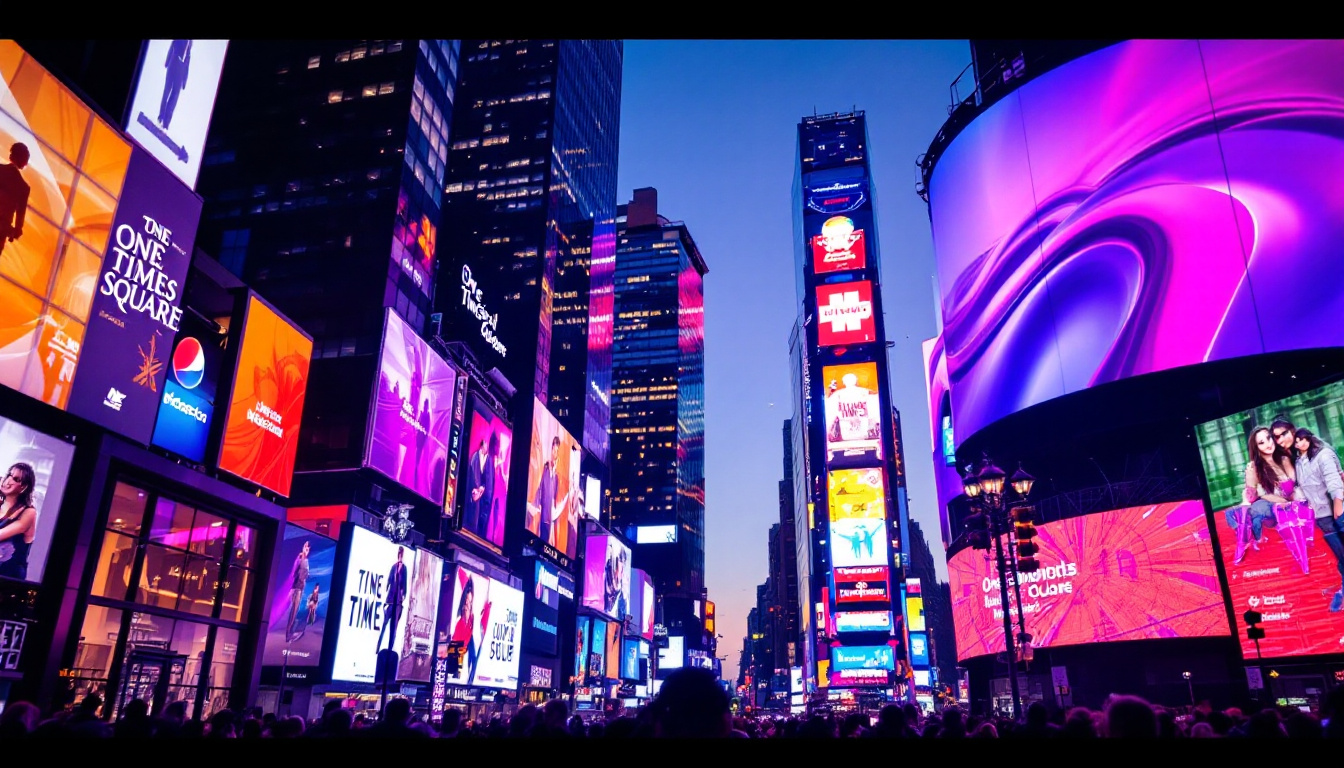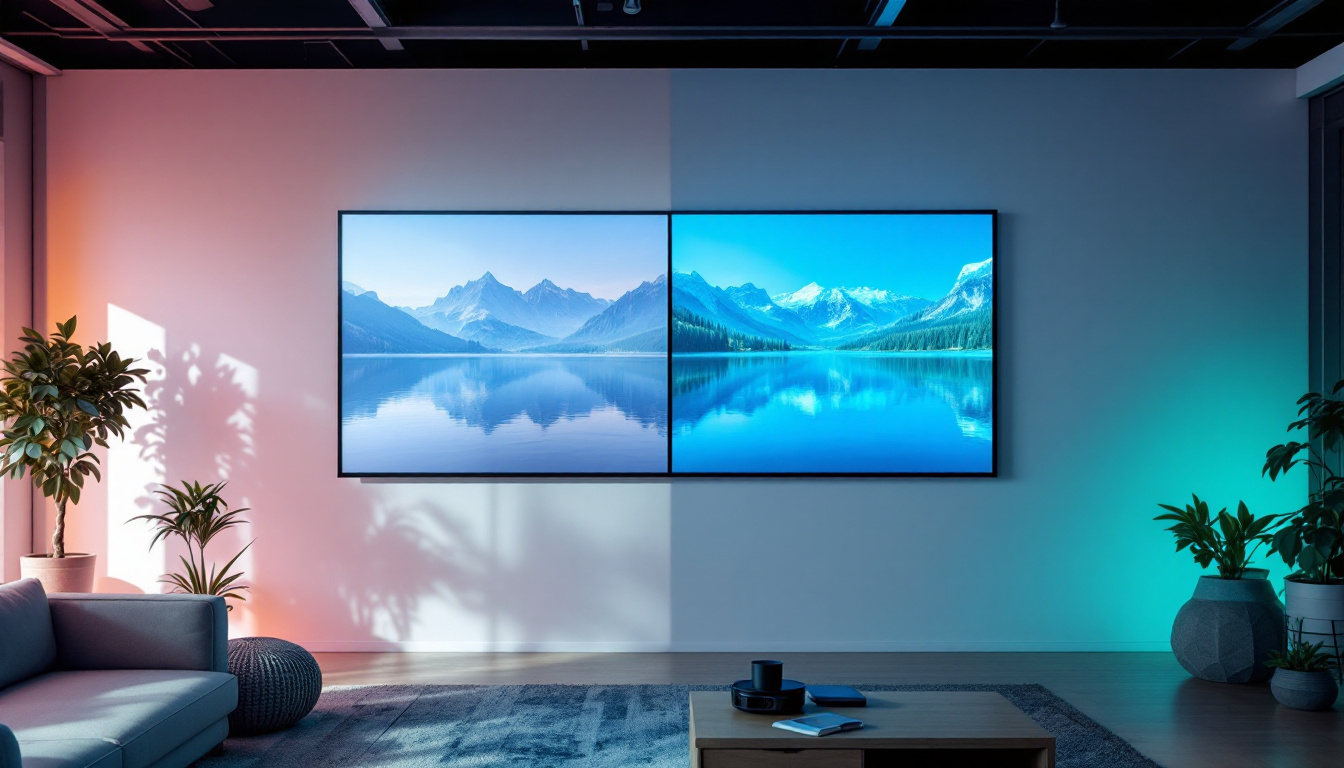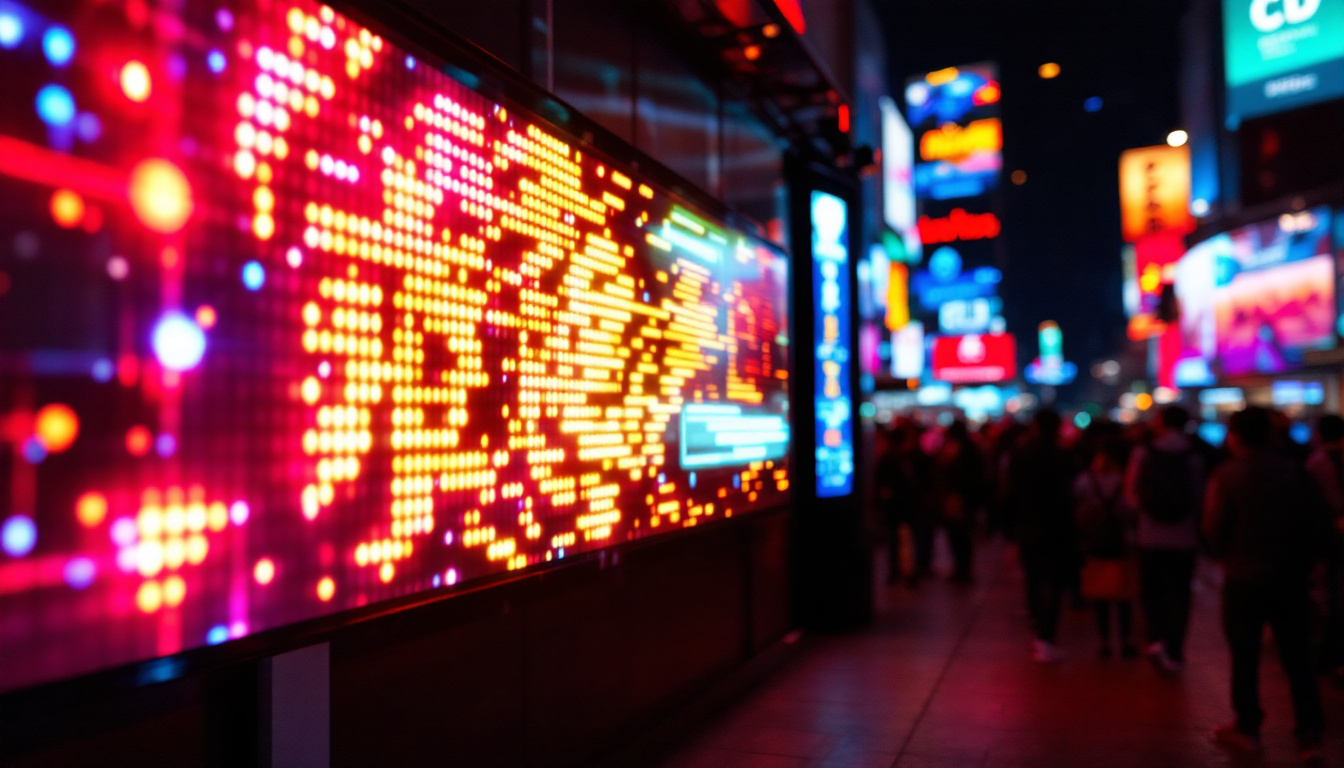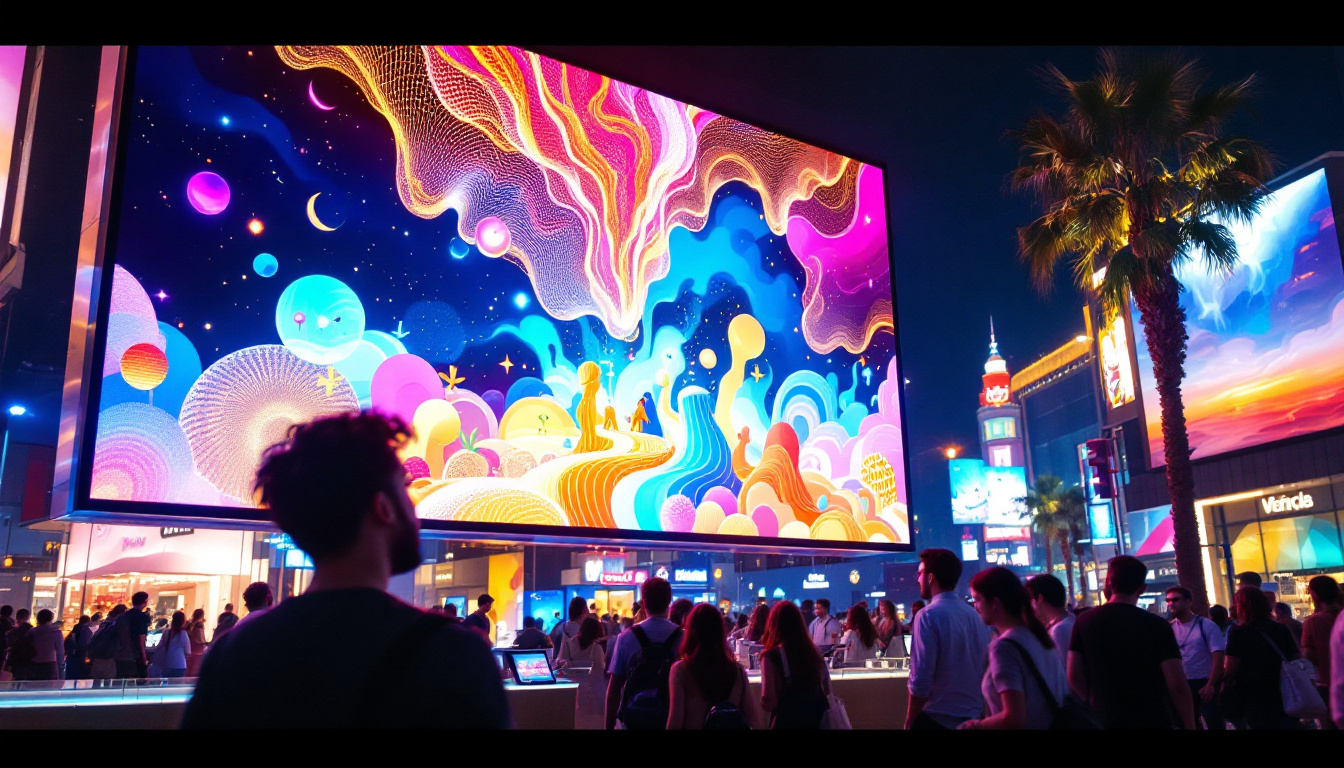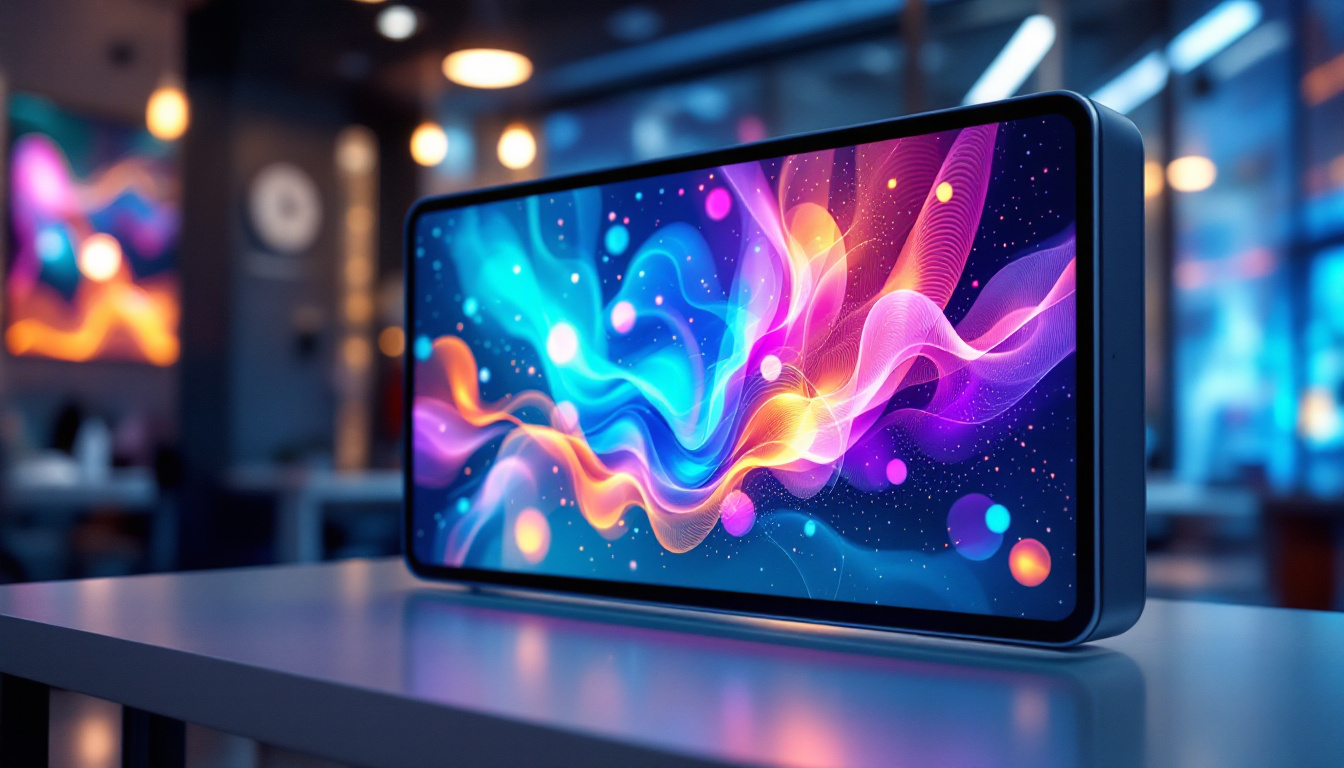In recent years, the evolution of display technology has brought forth remarkable innovations that have transformed how we interact with digital content. Among these advancements, OLED (Organic Light Emitting Diode) displays have garnered significant attention, particularly in their transparent variants. This article delves into the intricacies of transparent OLED displays, exploring their functionality, applications, and advantages over traditional LED displays.
Understanding OLED Technology
To appreciate the significance of transparent OLED displays, it is essential to grasp the fundamentals of OLED technology. OLEDs are composed of organic compounds that emit light when an electric current is applied. Unlike traditional LED displays, which rely on backlighting, OLED screens produce their own light, allowing for deeper blacks and more vibrant colors. This unique capability not only enhances the visual experience but also contributes to a more immersive interaction with digital content, making OLED technology a preferred choice for high-end televisions and smartphones.
How OLED Works
The structure of an OLED display consists of several layers, including a substrate, an anode, organic layers, and a cathode. When electricity flows through these layers, electrons and holes recombine in the organic layers, emitting light in the process. This self-emissive nature of OLEDs results in higher contrast ratios and wider viewing angles compared to conventional displays. Furthermore, the individual pixel control in OLED technology allows for precise dimming, which means that areas of the screen can be turned off entirely to achieve true black, enhancing the overall depth and richness of the displayed images.
Key Benefits of OLED Technology
OLED technology offers numerous advantages, including:
- Superior Color Accuracy: OLED displays can reproduce a wider color gamut, resulting in more lifelike images.
- Thin and Flexible Design: The lightweight and flexible nature of OLED panels allows for innovative designs, including curved and foldable screens.
- Energy Efficiency: Since OLEDs emit light directly, they consume less power when displaying darker images, making them more energy-efficient than traditional LCD or LED displays.
In addition to these benefits, OLED technology also boasts faster response times, which is crucial for fast-moving content such as gaming or sports broadcasts. The rapid pixel response minimizes motion blur and ghosting effects, providing a smoother viewing experience. Moreover, the potential for transparent OLED displays opens up new avenues for applications in various fields, from architecture to automotive design, allowing for interactive surfaces that can blend seamlessly into their environments. As research and development continue, the future of OLED technology promises even more groundbreaking innovations that could redefine how we interact with screens in our daily lives.
The Concept of Transparency in Displays
transparent displays have emerged as a fascinating concept in the realm of visual technology. These displays allow users to see through the screen while still viewing digital content. This unique feature opens up a myriad of possibilities across various industries, from retail to automotive. The allure of transparent displays lies not only in their functionality but also in their ability to create a more immersive experience, bridging the gap between the physical and digital worlds. As technology continues to evolve, the potential for transparent displays to revolutionize how we interact with our environments grows exponentially.
How Transparent Displays Work
Transparent displays utilize a combination of advanced materials and technologies to achieve their see-through capability. In the case of transparent OLED displays, the organic layers are designed to emit light while allowing some of the background light to pass through. This is achieved by carefully controlling the opacity of the display, enabling it to function effectively in various lighting conditions. The integration of sensors also plays a crucial role, as they can adjust the display’s brightness and contrast based on ambient light, ensuring optimal visibility at all times. This adaptability not only enhances user experience but also contributes to energy efficiency, making transparent displays a sustainable choice for the future.
Applications of Transparent Displays
The applications of transparent OLED displays are diverse and innovative:
- Retail Environments: Transparent displays can be used in storefronts to showcase products while allowing potential customers to see the items behind the screen. This creates an engaging shopping experience, as brands can present dynamic advertisements that complement the physical merchandise on display.
- Automotive Displays: In vehicles, transparent displays can provide essential information to drivers without obstructing their view of the road. Imagine a heads-up display that overlays navigation directions or speed indicators directly onto the windshield, allowing for safer driving by minimizing distractions.
- Smart Home Devices: Transparent screens can enhance the aesthetics of smart home devices, making them blend seamlessly into their surroundings. These displays can serve dual purposes, functioning as both a decorative element and a functional interface for controlling home automation systems.
Beyond these applications, transparent displays are also finding their way into the realms of education and entertainment. In classrooms, they can be used to create interactive learning environments, where students can engage with digital content while still observing their physical surroundings. In the entertainment industry, transparent displays can transform how we experience movies and gaming, providing a new layer of depth to visual storytelling. As research and development in this field continue to advance, the possibilities for transparent displays seem boundless, promising to redefine our interaction with technology in everyday life.
Comparing Transparent OLED and Traditional LED Displays
While both transparent OLED and traditional LED displays serve the purpose of conveying visual information, they differ significantly in terms of technology, performance, and application. Understanding these differences is crucial for making informed decisions when selecting display solutions.
Performance Differences
One of the most notable differences between transparent OLED and traditional LED displays is their performance in terms of contrast and color accuracy. Transparent OLED displays excel in producing deep blacks and vibrant colors, thanks to their self-emissive nature. In contrast, traditional LED displays rely on backlighting, which can result in washed-out colors and reduced contrast, particularly in brightly lit environments. This performance gap is especially evident in applications requiring high fidelity, such as digital art installations or high-end retail displays, where color representation is paramount.
Design Flexibility
Transparent OLED displays offer unparalleled design flexibility. Their thin and lightweight construction allows for innovative applications that would be challenging to achieve with traditional LED displays. For instance, transparent OLEDs can be integrated into curved surfaces or even wearable technology, opening up new avenues for product design. This adaptability is not only beneficial for aesthetic purposes but also enhances user interaction, as these displays can be seamlessly integrated into environments, such as storefront windows that double as advertising platforms without obstructing visibility.
Energy Consumption
Energy efficiency is another critical factor to consider. Transparent OLED displays consume less power when displaying darker images, making them more energy-efficient than traditional LED displays. This efficiency not only reduces operational costs but also contributes to a more sustainable approach to technology. Furthermore, as the demand for eco-friendly solutions grows, manufacturers are increasingly focusing on developing transparent OLEDs with improved energy management systems, which can further minimize energy consumption while maintaining high performance. This trend aligns with global efforts to reduce carbon footprints and promote greener technologies in various industries.
Applications and Use Cases
The unique characteristics of transparent OLED displays open up a world of possibilities across various sectors. In retail, for instance, these displays can be used to create immersive shopping experiences, allowing customers to view products behind the screen while simultaneously engaging with digital content. In the automotive industry, transparent OLEDs can be integrated into vehicle windows, providing drivers with essential information without obstructing their view of the road. Additionally, in smart home technology, transparent OLEDs can transform ordinary glass surfaces into interactive displays, enabling users to access information or control devices with a simple touch. As technology continues to evolve, the potential applications for transparent OLED displays are limited only by the imagination.
The Future of Transparent OLED Displays
The future of transparent OLED displays appears promising, with ongoing research and development aimed at enhancing their performance and expanding their applications. As technology continues to evolve, several trends are likely to shape the future of transparent displays.
Advancements in Manufacturing Techniques
Improvements in manufacturing processes are expected to drive down production costs and increase the availability of transparent OLED displays. As more manufacturers enter the market, competition will lead to innovation and improved quality, making these displays more accessible to consumers and businesses alike.
Integration with Augmented Reality
As augmented reality (AR) technology continues to advance, the integration of transparent OLED displays with AR applications is likely to become more prevalent. This combination could revolutionize how users interact with digital content, providing immersive experiences that blend the physical and digital worlds seamlessly.
Challenges Facing Transparent OLED Technology
Despite the exciting potential of transparent OLED displays, several challenges must be addressed for widespread adoption. Understanding these challenges is essential for stakeholders in the display industry.
Cost of Production
Currently, the production costs of transparent OLED displays are relatively high compared to traditional LED displays. This cost factor can hinder adoption, particularly in price-sensitive markets. As manufacturing techniques improve and economies of scale are achieved, it is expected that prices will decrease, making transparent OLED displays more competitive.
Durability and Longevity
Another challenge is the durability and longevity of transparent OLED displays. While OLED technology has made significant strides, concerns about burn-in and overall lifespan remain. Addressing these issues will be crucial for ensuring the reliability of transparent OLED displays in various applications, especially in high-usage environments.
Conclusion
Transparent OLED displays represent a significant leap forward in display technology, offering unique advantages over traditional LED displays. With their ability to combine transparency with vibrant visuals, these displays have the potential to revolutionize various industries, from retail to automotive.
As advancements in manufacturing and technology continue to unfold, the future for transparent OLED displays looks bright. While challenges remain, the ongoing research and development efforts are paving the way for broader adoption and innovative applications. Ultimately, transparent OLED technology is poised to redefine how we interact with digital content, creating new opportunities for creativity and functionality.
In conclusion, understanding the intricacies of transparent OLED displays is essential for anyone interested in the future of visual technology. As the industry evolves, staying informed about these advancements will be crucial for leveraging the full potential of this exciting technology.
Explore the Future of Visual Technology with LumenMatrix
As we stand on the brink of a new era in display innovation, LumenMatrix invites you to experience the forefront of LED display technology. Our comprehensive range of solutions, including the cutting-edge LED Transparent Display, is designed to bring your visual communication to life. Whether you’re looking to enhance brand visibility with an Indoor LED Wall Display, captivate passersby with an Outdoor LED Wall Display, or create immersive environments with Custom LED Displays, LumenMatrix has the expertise to elevate your message. Embrace the future and Check out LumenMatrix LED Display Solutions today, and let us help you share your vision with the world.





